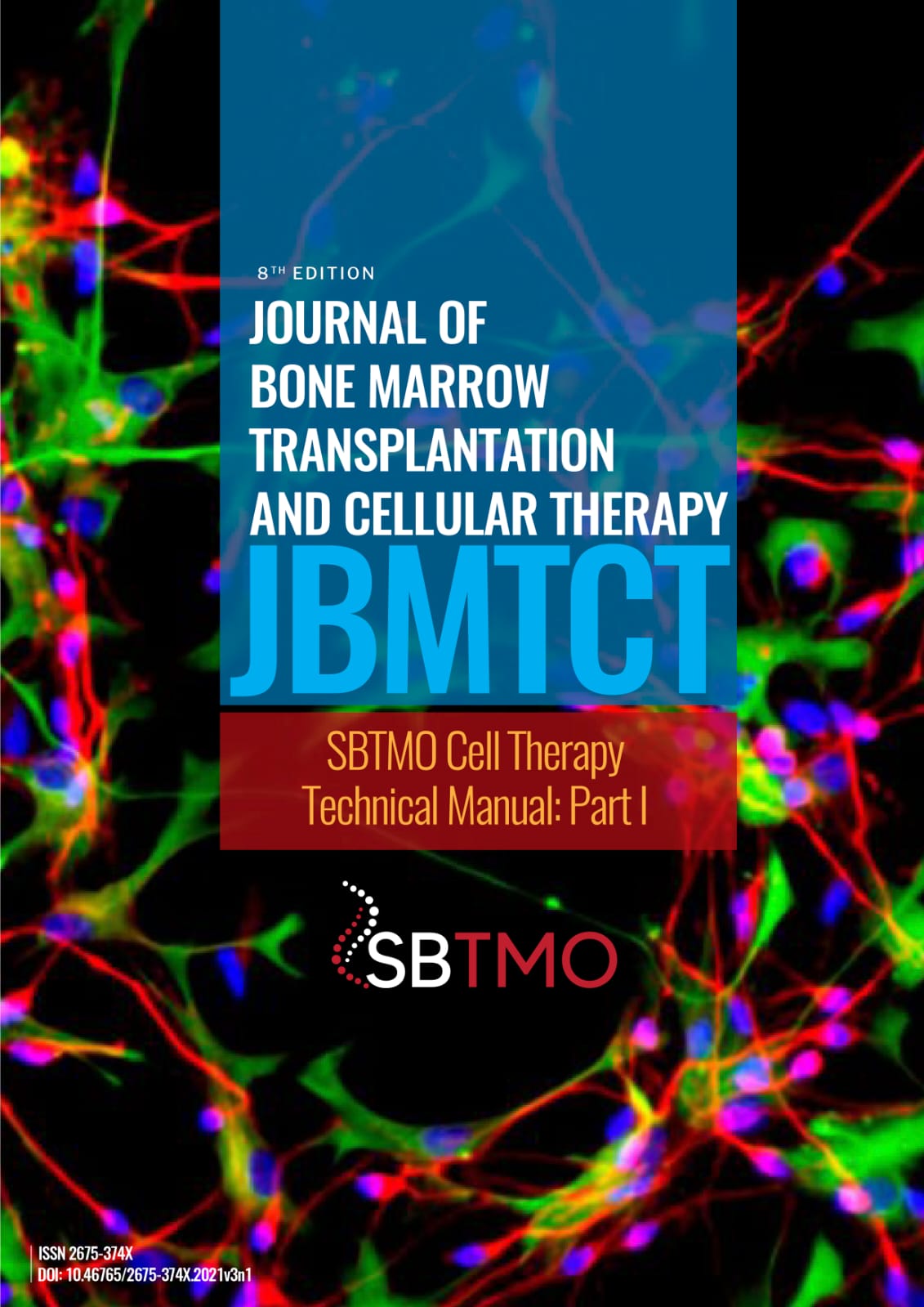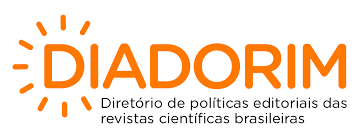Preclinical studies using CAR-T cells.
DOI:
https://doi.org/10.46765/2675-374X.2022v3n1p154Keywords:
CAR-T cells, ´preclinical studies, mouse model, in vitro assay, regulatory guidelinesAbstract
The therapy with genetically modified T cells to express chimeric antigen receptors (CAR) is a promising strategy for immunotherapy against cancer. CAR-T cells can specifically recognize antigens on the surface of tumor cells and then effectively kill those cells. Several researchers have presented the development of CAR-T cells for various hematological targets and the treatment of solid tumors. Quality control and preclinical evaluation of these products are essential to demonstrate their safety and efficacy and allow development to the clinical trial phase. This chapter will present relevant guidelines regarding pre-clinical research of CAR-T cell products.
Preclinical research on cell therapy products should include in vitro and in vivo pharmacodynamics studies (antitumor activity), pharmacokinetics (proliferation, distribution, and persistence of CAR-T cells in vivo), and animal safety studies.
Downloads
Published
How to Cite
Issue
Section
License
Copyright (c) 2022 JOURNAL OF BONE MARROW TRANSPLANTATION AND CELLULAR THERAPY

This work is licensed under a Creative Commons Attribution-NonCommercial-ShareAlike 4.0 International License.









